The Rise of Black Ballerinas: Changing the Trajectory of Dance
Spotlight Stories - Visual Archive
Ballet, a historically Eurocentric art form, has long celebrated its tradition of white-dominated stages, particularly in elite institutions. Yet, in recent years, Black ballerinas have shattered these barriers, transforming ballet and the broader dance world. By rewriting narratives of representation, overcoming systemic biases, and inspiring a new generation of dancers, these trailblazing artists are reshaping the trajectory of dance.
This article explores the history of Black ballerinas, the impact of Black principal dancers, the grit required to excel, and the significance of performance platforms and dance academies in fostering inclusivity and artistic excellence.
The journey of Black ballerinas began with systemic exclusion, as classical ballet's aesthetic ideals historically favored white dancers. During the 20th century, Black dancers faced immense discrimination, from being denied entry into prestigious companies to not being cast in leading roles.
However, pioneers such as Janet Collins, who became the first Black principal ballerina at the Metropolitan Opera in 1951, set the stage for change. Collins’s artistry transcended racial boundaries, but she faced challenges, including being asked to paint her skin white to blend with other dancers. Her decision to walk away from roles that required such erasure was emblematic of the resilience Black ballerinas needed to thrive.
Later, Raven Wilkinson, the first African-American woman to join the Ballet Russe de Monte Carlo in the 1950s, endured racial prejudice while touring in the segregated South. Her bravery and talent paved the way for future dancers, including Misty Copeland, who became the first Black female principal dancer at the American Ballet Theatre (ABT) in 2015. Copeland’s historic rise broke a 75-year barrier at ABT, and her prominence inspired countless young Black dancers to see themselves reflected onstage.
The presence of Black principal ballerinas in major companies has been transformative. Misty Copeland’s success not only symbolized a breakthrough in representation but also demonstrated the richness Black dancers bring to classical ballet. She became an international icon, using her platform to advocate for diversity in dance. Her autobiography, Life in Motion: An Unlikely Ballerina, and her documentary A Ballerina’s Tale spotlighted her journey and the systemic inequities she faced.
Similarly, companies like the Dance Theatre of Harlem have been instrumental in showcasing Black ballet excellence. Founded by Arthur Mitchell and Karel Shook in 1969, the company emerged as a response to the assassination of Dr. Martin Luther King Jr. Mitchell, the first Black principal dancer at the New York City Ballet, sought to prove that ballet could be an inclusive art form. The Dance Theatre of Harlem’s performances not only redefine ballet but also expand its narrative, emphasizing cultural diversity and innovation.
Black ballerinas today continue this legacy, with rising stars such as Precious Adams, Michaela DePrince, and Ashley Murphy-Wilson carving paths of excellence and inspiring a global audience.
The path for Black ballerinas has never been smooth. The dance world’s pervasive biases often demand that Black dancers outperform their peers to be considered equally talented. From navigating critiques about their bodies not fitting the “ballet ideal” to facing microaggressions in rehearsal rooms, Black ballerinas have had to exhibit extraordinary resilience and determination.
This relentless pursuit of excellence requires them to embody the highest levels of artistry and technical mastery, proving that they belong on stages historically closed to them. Many describe the experience of constantly being “the only one” in their companies, which adds pressure to succeed as both an individual and a representative of an entire community.
Yet, this struggle has led to a profound revolution. By persevering through adversity, Black ballerinas have redefined what ballet excellence looks like, challenging outdated notions of beauty, form, and representation.
Television and media have played a crucial role in broadening the reach of dance. MTV's Taking the Stage, a reality series that aired in 2009, offered a glimpse into the lives of students at the Cincinnati School for Creative and Performing Arts. The show showcased the challenges and triumphs of young dancers and performers, many of whom were Black. For aspiring artists watching at home, the series offered not just inspiration but also validation—that their dreams were achievable.
Performing arts schools, such as those featured in Taking the Stage, can transform young dancers’ lives by providing access to rigorous training, professional networks, and performance opportunities. These institutions often become lifelines for dancers from marginalized communities, equipping them with the skills and confidence to pursue careers in the competitive world of dance.
The importance of such schools extends beyond technical training. They create environments where young Black dancers can find mentors, allies, and role models who understand their unique struggles. This sense of community fosters resilience and nurtures creativity, ensuring that the next generation of dancers is even more prepared to challenge inequities in the arts.
Debbie Allen Dance Academy (DADA)
Founded by the legendary actress, dancer, and choreographer Debbie Allen, DADA has become a beacon of inclusivity in the dance world. Located in Los Angeles, the academy is renowned for its commitment to training dancers of all backgrounds, particularly those from underrepresented communities. Allen’s vision emphasizes discipline, excellence, and cultural pride, creating a space where young dancers can flourish. Her annual productions, like The Hot Chocolate Nutcracker, reimagine traditional ballet classics through a multicultural lens, making the art form accessible to diverse audiences.
Alvin Ailey American Dance Theater


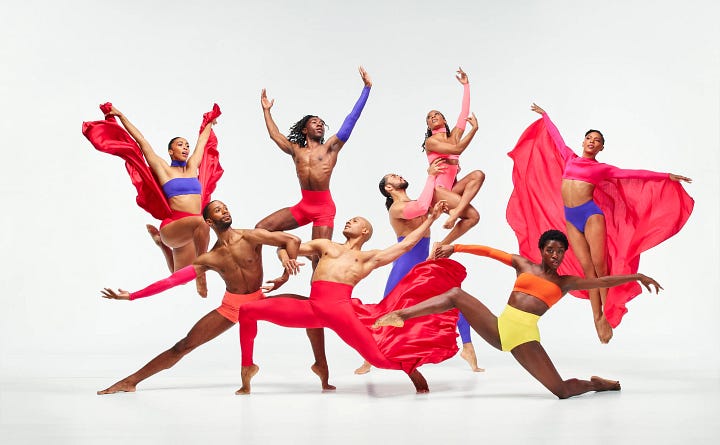
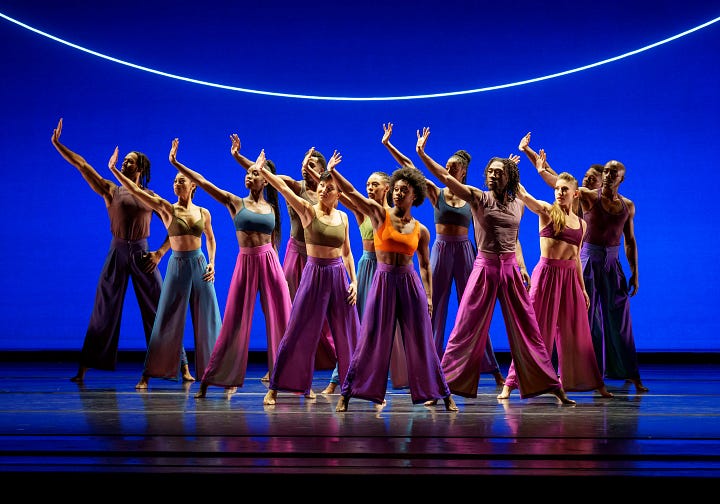
Founded by Alvin Ailey in 1958, this company revolutionized modern dance by centering Black experiences and narratives. Although it focuses on modern and contemporary dance rather than classical ballet, its influence on Black dancers cannot be overstated. The company’s iconic works, such as Revelations, celebrate African-American culture and history, inspiring generations of dancers to embrace their heritage while pursuing excellence in their craft.
Dance Theatre of Harlem
A trailblazer in diversifying ballet, the Dance Theatre of Harlem combines classical training with innovative choreography that reflects the African diaspora. Its programs emphasize outreach and education, offering scholarships and community classes to ensure that ballet is accessible to all. The company’s repertoire, which includes both traditional ballets and contemporary works, serves as a powerful statement about the versatility and universality of Black dancers.
Chocolate Ballerina Company
This Philadelphia-based organization provides opportunities for Black dancers to shine in spaces that celebrate their identity. By staging performances that challenge stereotypes and push boundaries, the Chocolate Ballerina Company uplifts dancers who have historically been marginalized in classical ballet. The company also focuses on community engagement, inspiring young dancers to embrace their artistry with confidence and pride.
The rise of Black ballerinas is not merely a moment—it is a movement. By breaking barriers and inspiring change, these dancers are reimagining what the future of dance can look like. Their presence on stage challenges institutions to reconsider their hiring practices, repertoire choices, and outreach efforts.
Moreover, the success of Black ballerinas is encouraging young dancers to dream bigger and aim higher. When children see someone who looks like them achieving greatness, it transforms their understanding of what is possible. Initiatives by organizations like DADA, Alvin Ailey American Dance Theater, and the Dance Theatre of Harlem ensure that these dreams are nurtured with the training, support, and opportunities needed to bring them to life.
The rise of Black ballerinas is a story of resilience, artistry, and transformation. From the pioneering efforts of Janet Collins and Raven Wilkinson to the groundbreaking achievements of Misty Copeland and beyond, these dancers have changed the trajectory of dance by proving that excellence knows no racial boundaries.
Through the influence of performing arts schools, media platforms like Taking the Stage, and trailblazing institutions like the Debbie Allen Dance Academy, Alvin Ailey American Dance Theater, Dance Theatre of Harlem, and the Chocolate Ballerina Company, the future of dance is brighter and more inclusive than ever. As Black ballerinas continue to rise, they inspire not only their peers but also entire generations, ensuring that the art of ballet evolves into a space where all can shine.
Supporting Black ballerinas is a step toward creating a more inclusive and vibrant future for dance. By celebrating their artistry, amplifying their voices, and addressing systemic barriers, we contribute to a world where every dancer can thrive. Your stories, pictures, and videos of Black ballerinas can inspire others and highlight their brilliance.
We encourage you to share these with us to be featured—whether it’s a powerful performance, a moment of resilience, or a behind-the-scenes glimpse of their journey. Together, we can continue to spotlight their impact and ensure their legacy endures.
How the Ballroom and House Culture of the Black LGBTQ+ Community Revolutionized the World
Ballroom and house culture, birthed by the Black LGBTQ+ community in the United States, has left an indelible mark on global culture, particularly in dance, fashion, and self-expression. Emerging as a sanctuary for marginalized individuals, this vibrant movement created a space for resilience, creativity, and celebration of identity. While mainstream me…





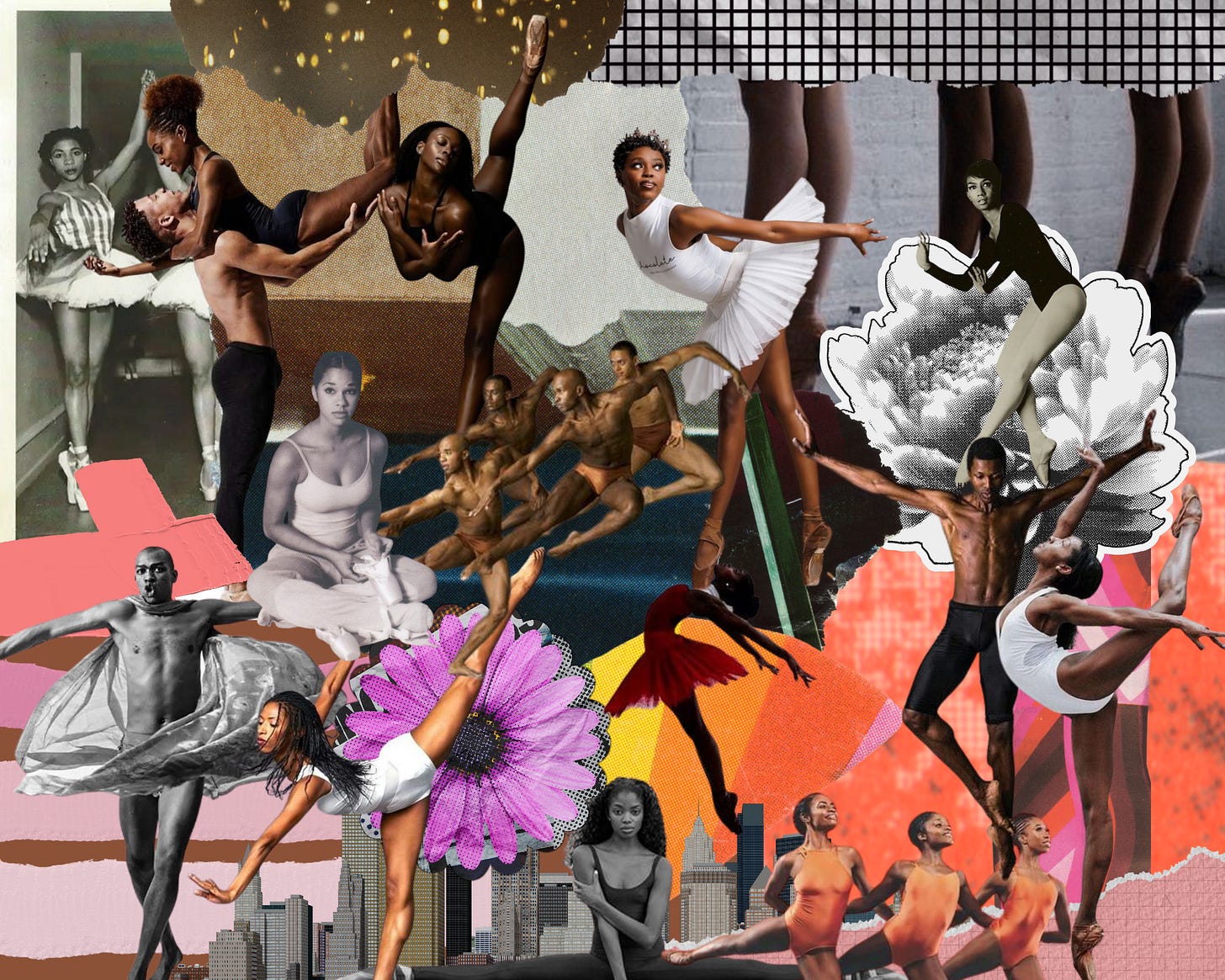
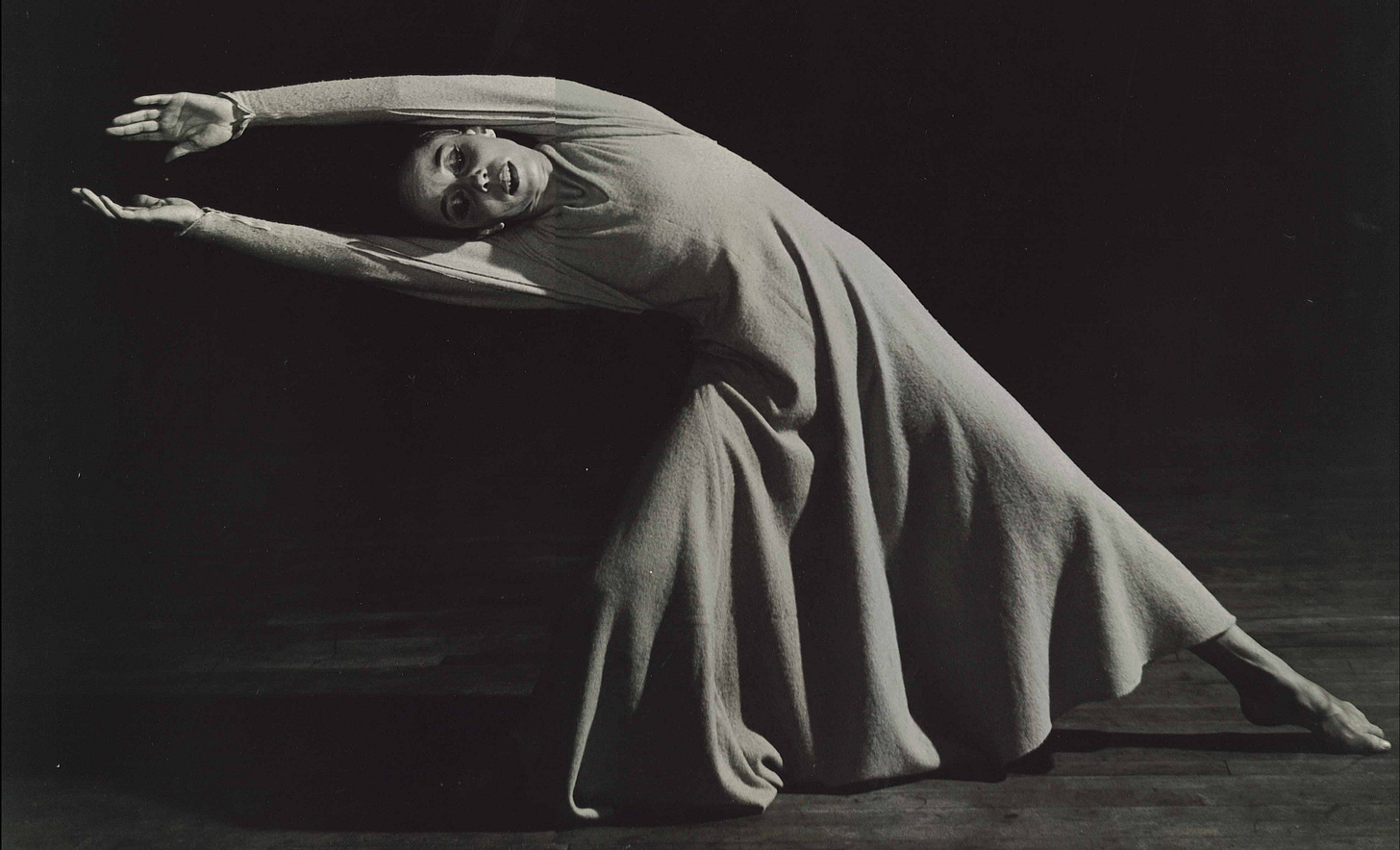
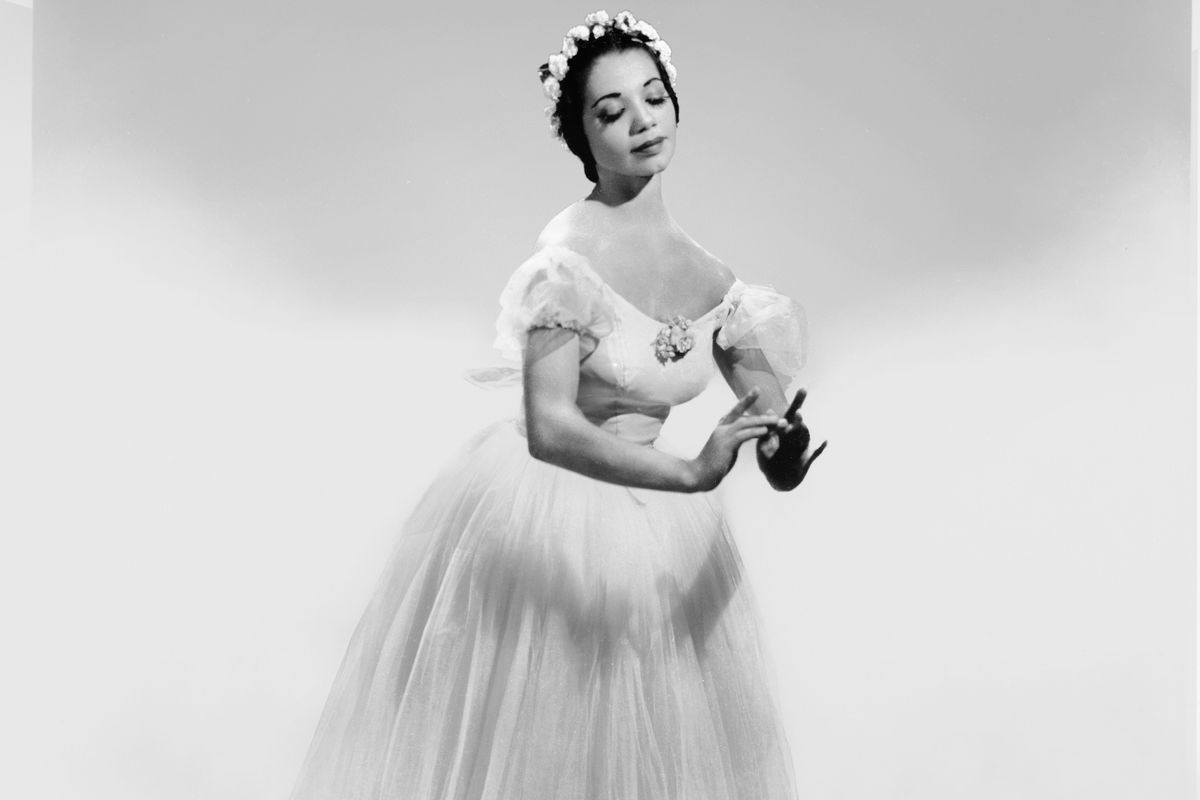
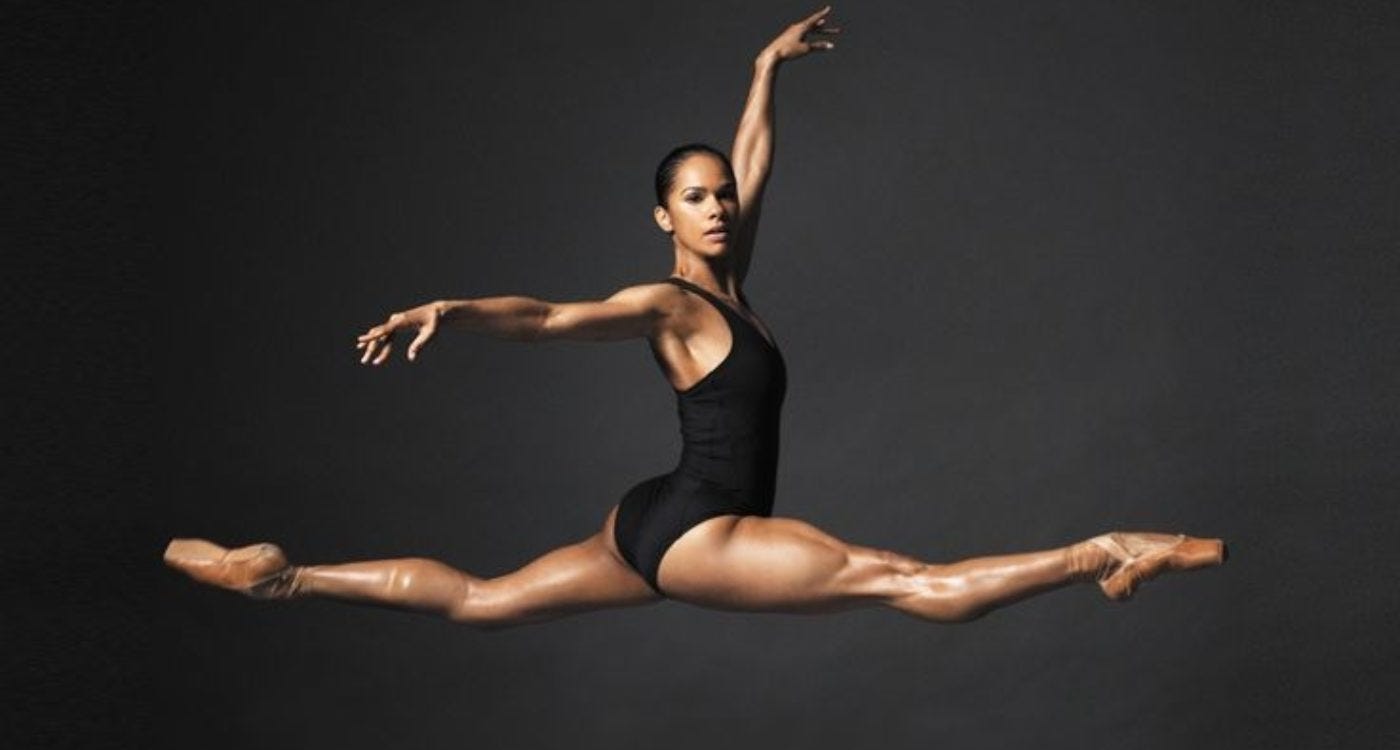

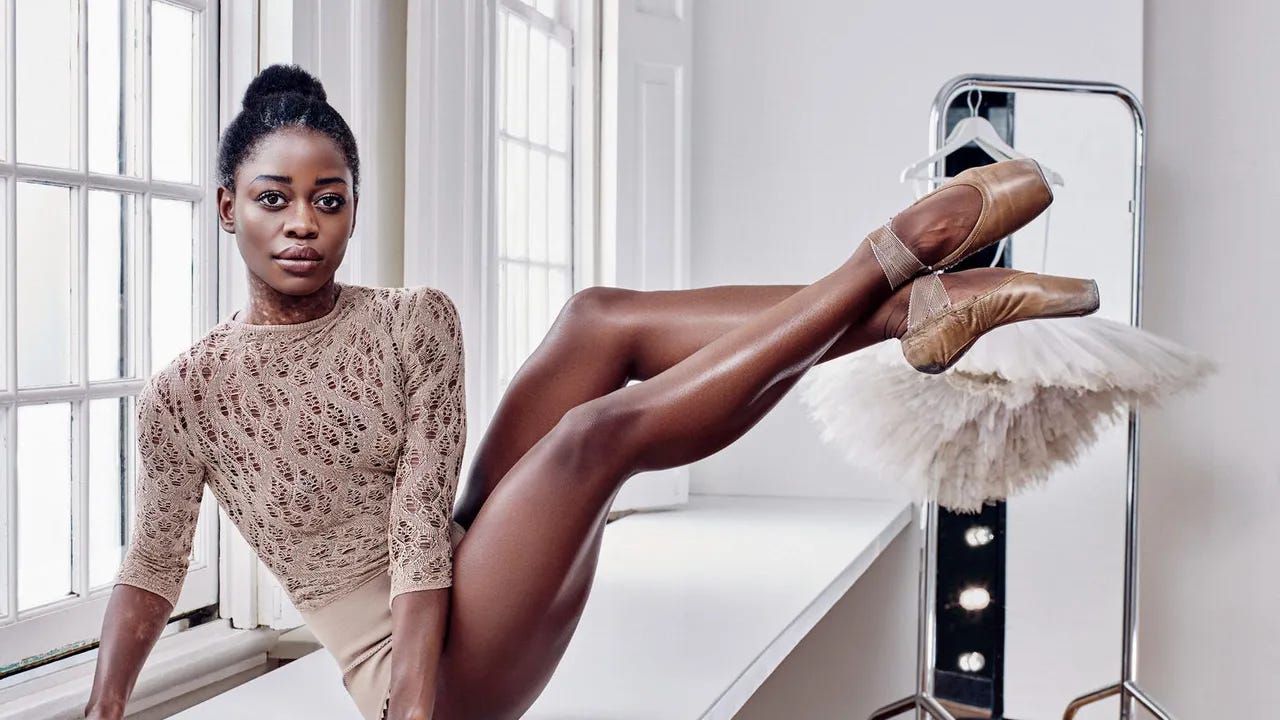
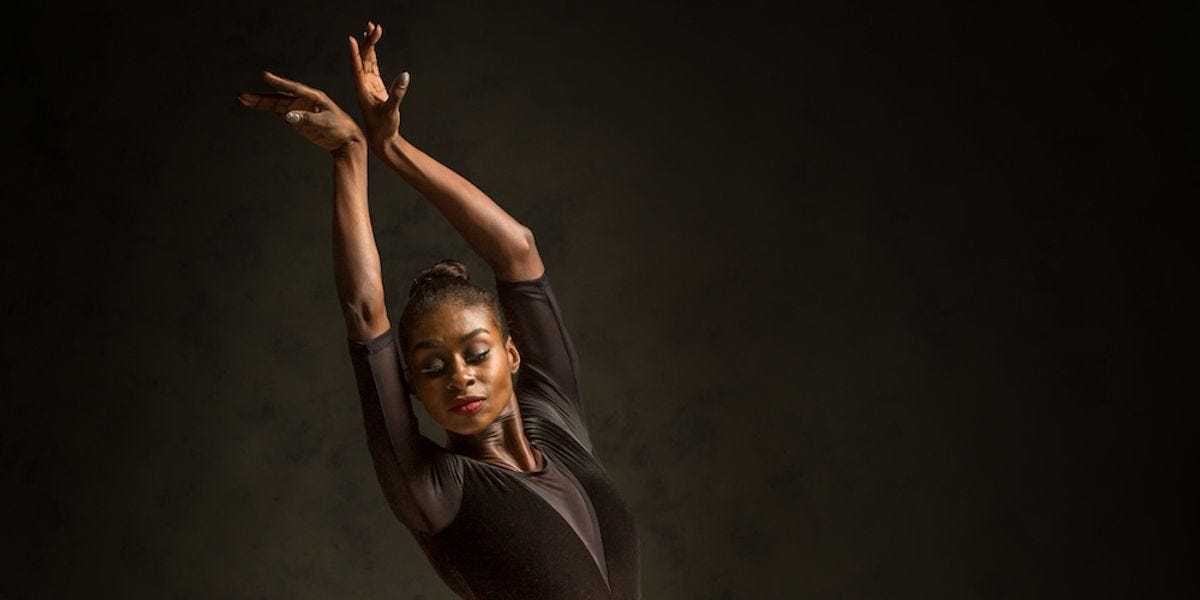
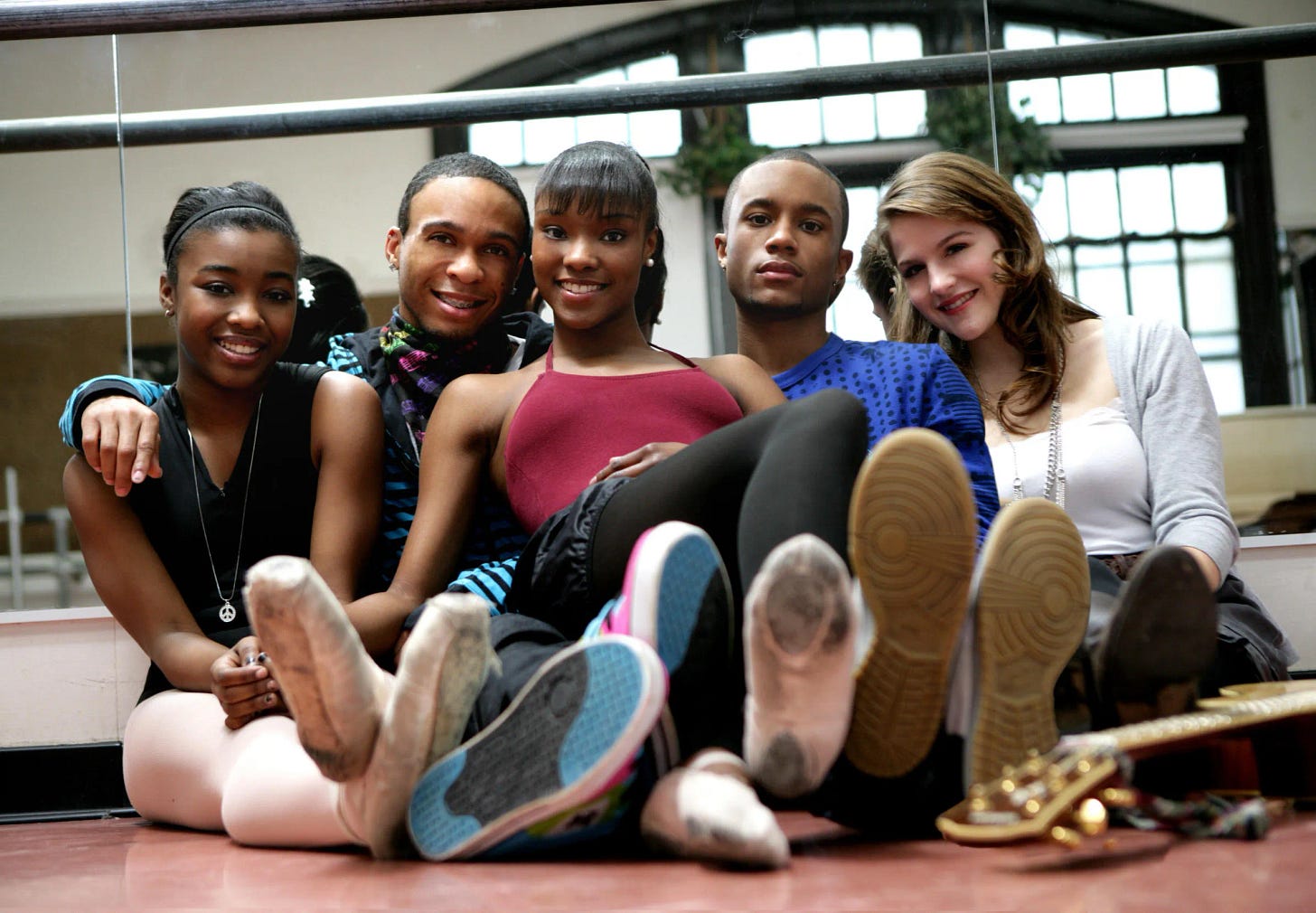
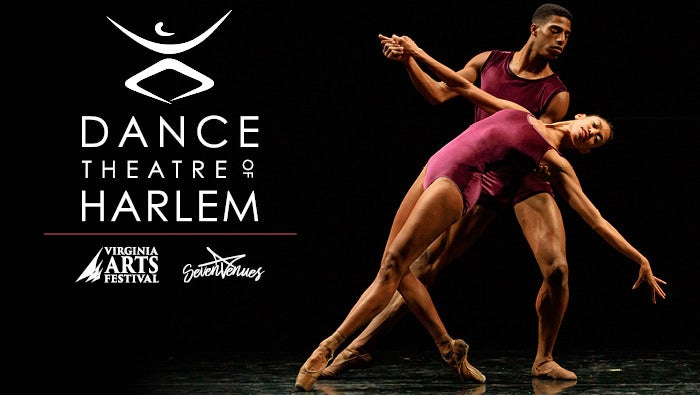
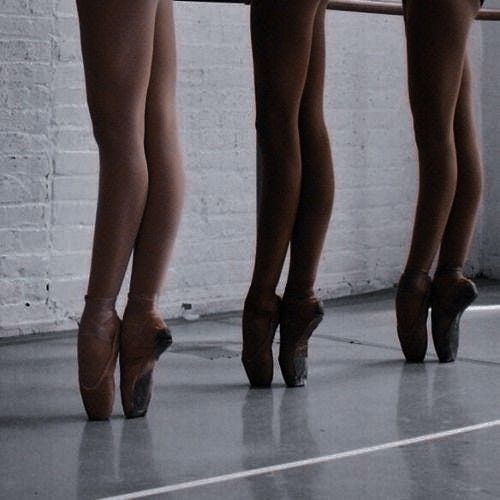


this is a movement I will always support.